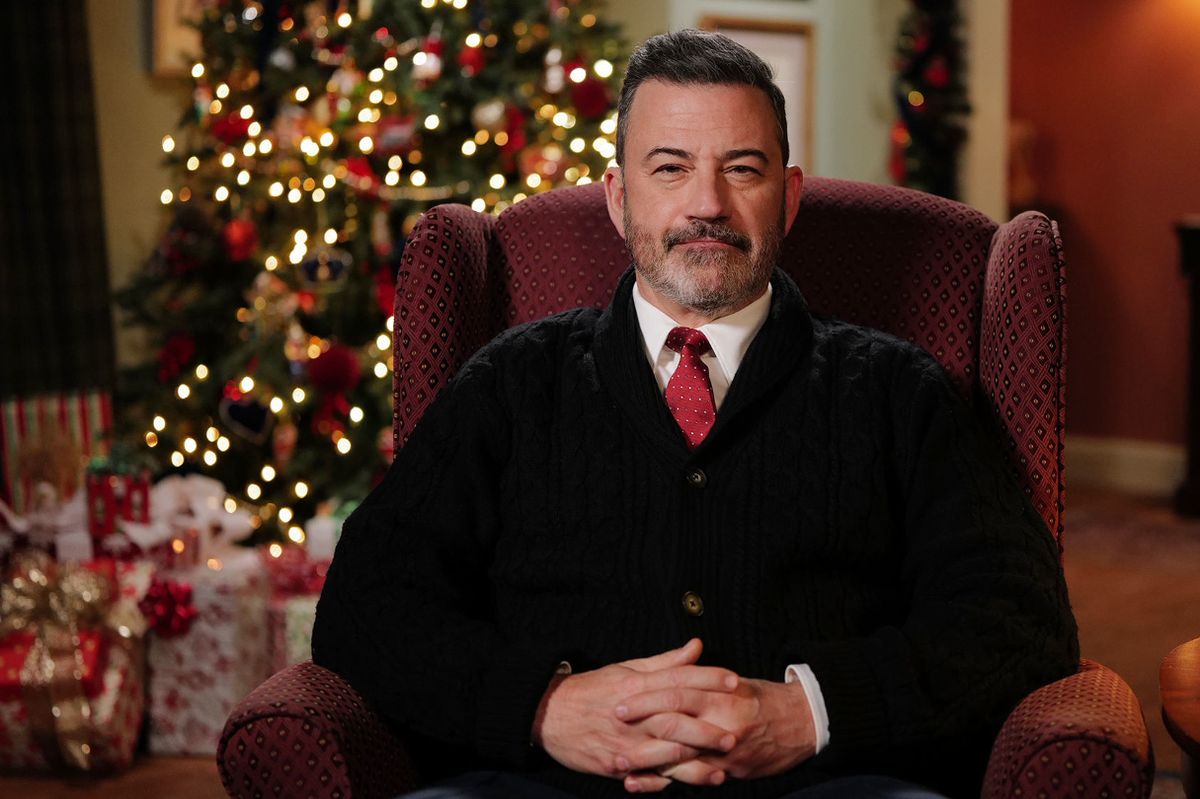Jimmy Kimmel, the US chat show host, has recorded Channel 4’s 2025 Alternative Christmas Message, during which the 58-year-old star has lauded a “really great year”
US chat show host Jimmy Kimmel has said it has been a “great year” from “a fascism perspective” in his Christmas address.
The presenter, 58, was chosen to deliver Channel 4’s 2025 Christmas Message, an alternative to the monarch’s annual televised address on December 25. Jimmy, who was taken off air by Donald Trump earlier this year, is expected to say: “From a fascism perspective, this has been a really great year.”
The comedian was suspended indefinitely in September following comments he made on ABC’s Jimmy Kimmel Live! after the murder of right-wing activist Charlie Kirk, an ally of the US President. Staff were reportedly “shocked” when the programme was yanked off air minutes before it was due to broadcast.
But Jimmy’s fans expressed their outrage at Mr Trump’s decision, and the programmne was swiftly reinstated. Some of Hollywood’s biggest stars and political figures towards the US administration for infringing on their freedom of speech and free press.
READ MORE: Jimmy Kimmel’s childhood friend Cleto Escobedo’s cause of death revealed
In the Christmas Day address, Jimmy, born in Brooklyn, New York City, will continue by reflecting on the events of the past year, sharing his own personal experiences and insights after being at the centre of one of the stories that shocked the US and its foundational democratic values.
A Channel 4 spokesperson said: “Donald Trump’s return to the White House and wide-ranging impact on the world has been the story of 2025 and it would be hard to think of a better person to address it than Jimmy Kimmel, who has found himself on the front line of America’s battle over free speech.”
The channel’s annual broadcast, which first aired in 1993, aims to bring viewers a message about that year’s events. Kimmel’s address follows on from previous messages delivered by a wide range of presenters, including comedian Chris McCausland who addressed ableism last year after becoming the first blind person to win Strictly Come Dancing.
He playfully said: “Discrimination is never a good thing. Well, I mean sometimes I suppose. Many, many years ago before I got into comedy, I applied to be a spy for MI5. I got down to the last 30 out of 3,000 applicants. The top 1 per cent of potential spies that this country had to offer before they decided no, a blind spy wasn’t what they were looking for but, you know, I think they had a point. I think sometimes discrimination can be vital for the safety of the nation, but usually, we can do better.”
Other presenters have included former president of Iran Mahmoud Ahmadinejad, actor and TV presenter Sir Stephen Fry, whistleblower Edward Snowden, former speaker of the House of Commons John Bercow, and actor Danny Dyer. The Alternative Christmas Message will air on Channel 4 at 5.45pm on Christmas Day.



